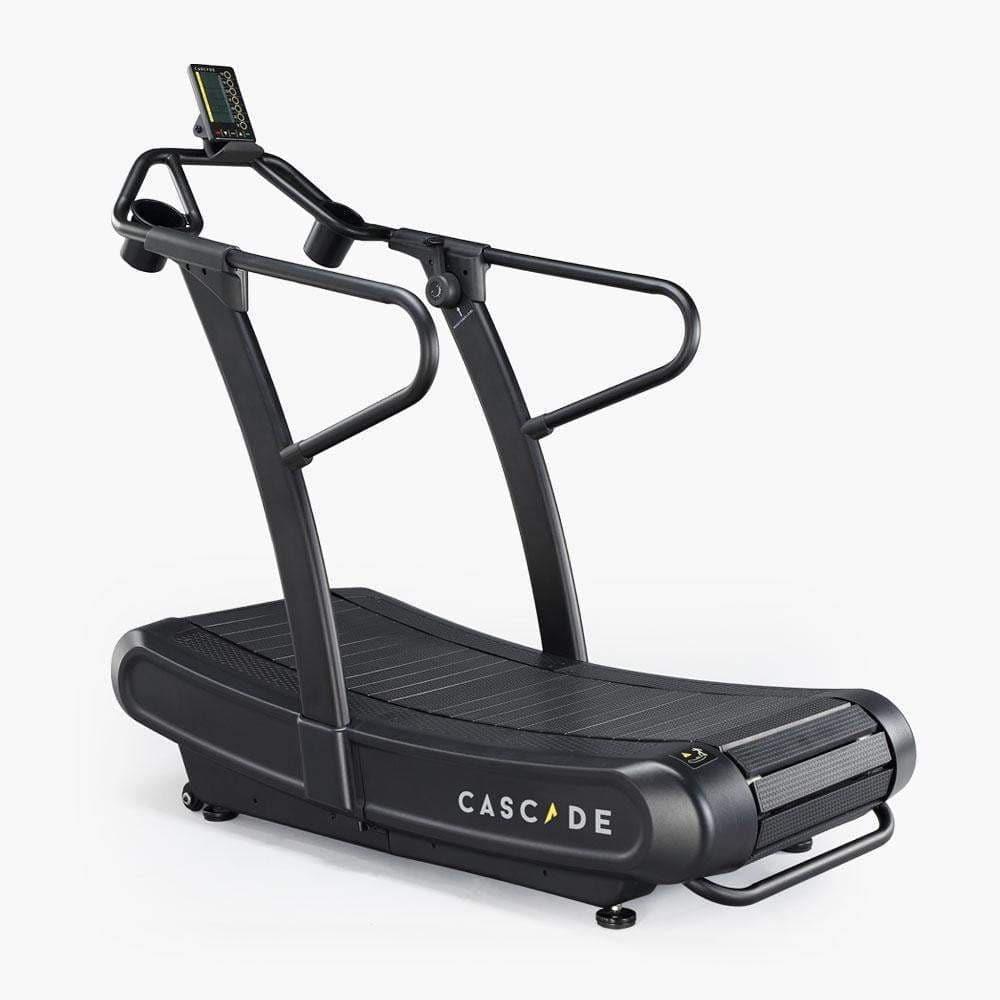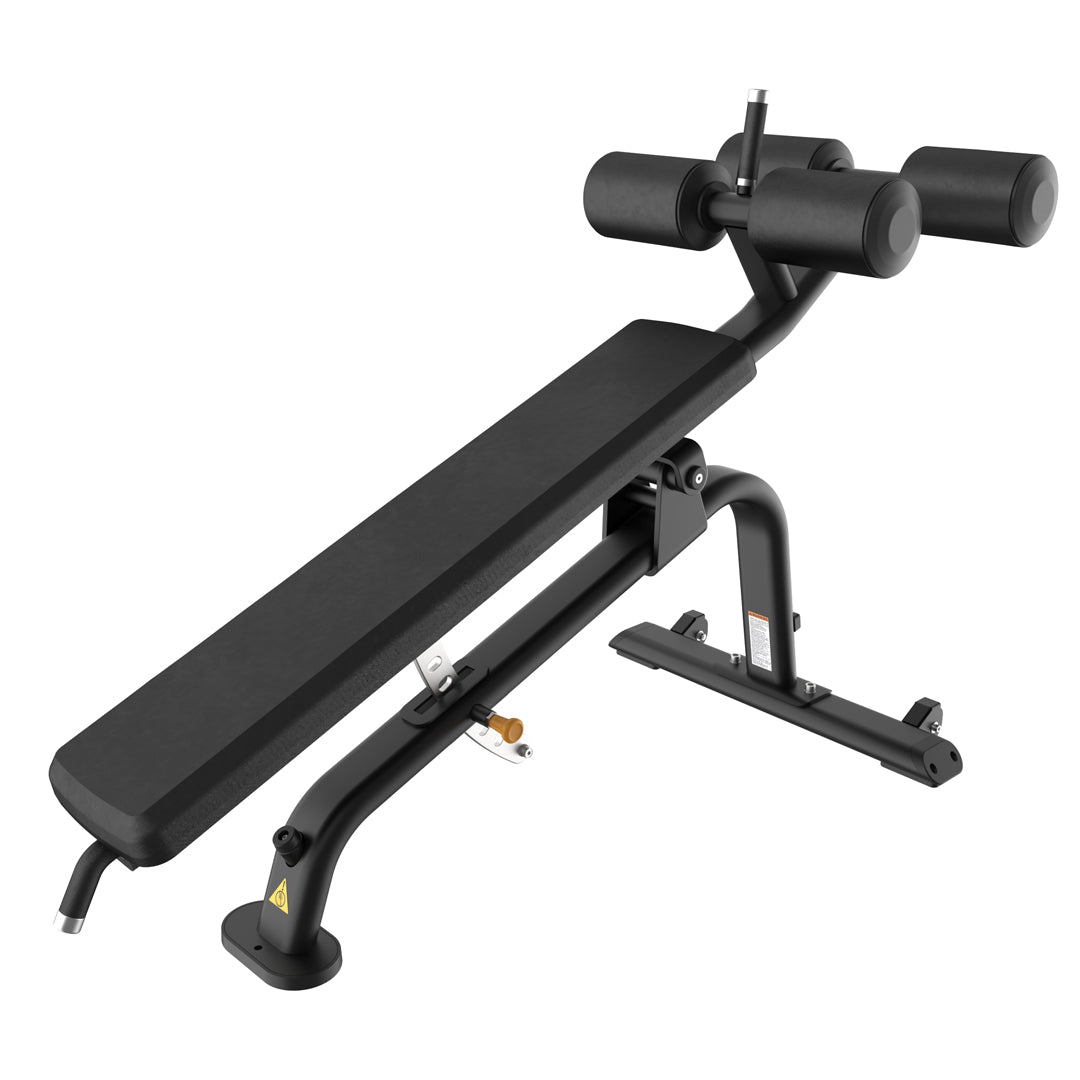
Isometric Exercises for Strength Training
Share
Employing isometric exercises for strength training is a great way to start building up your muscle, and it’s incredibly accessible to any fitness newcomers. Isometric exercises are also known as static strength training, and they focus on contracting a muscle or muscle group. If you’re unsure which exercises count, then allow us to teach you a few isometric exercises for strength training.
Isometric Bodyweight Exercises
If you lack the equipment or the space to use it, you can perform exercises that make use of your body weight as the primary form of resistance. In this case, you won’t have the sensation of pushing or pulling weight; instead, you’ll perform static contractions from a single position.
The three most common forms of isometric exercises for strength training without any equipment are squats, lunges, and pushups. While anyone can perform these exercises, the main challenge will be to cultivate enough body control to perform them effectively. Midway through each motion, you want to be able to tense your muscles as hard as possible—you’ll quickly realize that the challenge with this is that, in some muscle groups, contracting one muscle will relax another. Strive to tense all your muscles and, with practice, you’ll eventually achieve this perfect form.
Isometric Exercises With Equipment
To get a really effective workout, however, you should consider performing your isometric exercises with equipment. A rubber hex dumbbell set is one of the most versatile pieces of equipment for this purpose, as you can use them to supplement bodyweight exercises and add another level of challenge or use them as your primary exercise with dumbbell curls. This allows you to vary your workouts to avoid monotony and get the most out of your investment.
If that isn’t intense enough, your best bet would be to look toward a barbell and bench press. Deadlifting, bench presses, and squats are three fantastic and intensive isometric exercises that make use of a barbell for aspiring bodybuilders. For these exercises, endeavor to hold the position for around 6 seconds rather than the bodyweight’s 30 seconds. As you become more proficient, you’ll add more reps rather than trying to hold a position for even longer.








